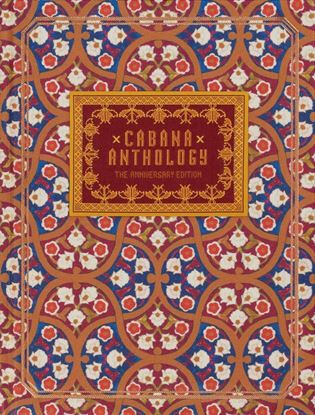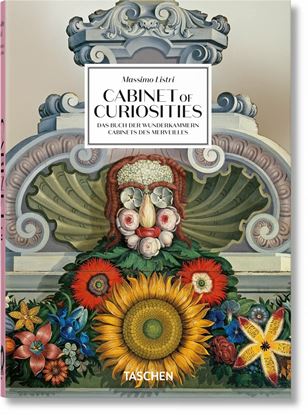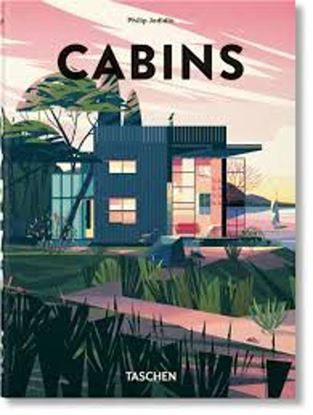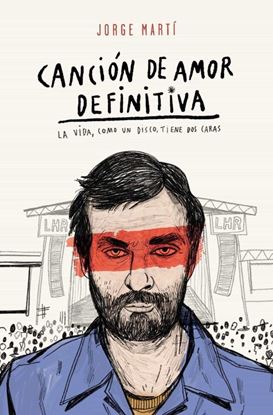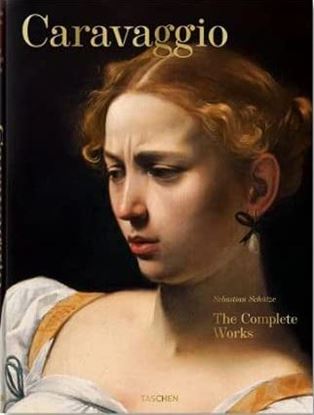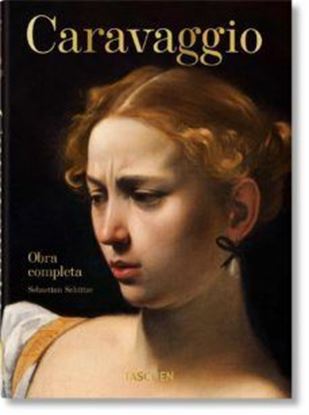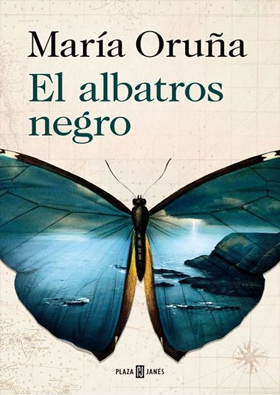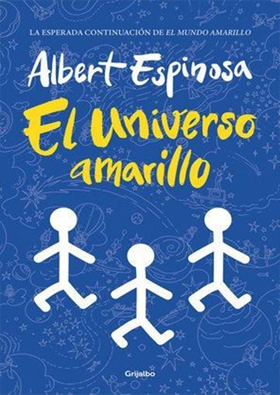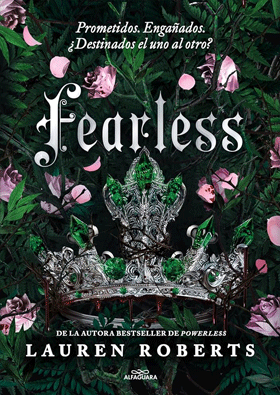

CABANA ANTHOLOGY: THE ANNIVERSARY
Celebrating 10 years of publishing the finest interior design and decorative arts, Cabana Anthology: The Anniversary Edition is a stunning showcase of the most impressive and influential styles featured in the cult interiors magazine in its first decade. This sublime book delves into the stories behind a multitude of stunning interiors, offering insights from the designers, collectors, and artists who have contributed to Cabana’s legacy of true artistry and craftsmanship. Founded by editor-in-chief Martina Mondadori along with designer Christoph Radl and publisher Gianluca Reina in 2014, Cabana aims to inspire a new generation of globetrotters, taking them on a journey through sophistication, obsessive collecting, colors, and fabrics.
This stunning volume features the very best photography, interviews, profiles, and features from the publication, with contributions from Carlos Mota, Marco Mansi, and Marian McEvoy, and photographers Miguel Flores-Vianna, Guido Taroni, Mark Luscombe Whyte, Tim Walker, and Joanna MacLennan, among many others.
6,800
CABINET OF CURIOSITIES (40TH) (INT)CABIN
The Wunderkammer, or “cabinet of curiosities,” saw collectors gathering objects from many strands of artistic, scientific, and intellectual endeavor, in an ambitious attempt to encompass all of humankind’s knowledge in a single room.
From the Grand Duke Francesco I de’ Medici and Holy Roman Emperor Rudolf II to Archduke Ferdinand II of Habsburg, these aristocratic virtuosos acquired, selected, and displayed the objects in real-life catalogues that represented the entire world―spanning architecture, interior design, painting, sculpture, gemology, geology, botany, biology and taxonomy, astrology, alchemy, anthropology, ethnography, and history.
Marvel at the unicorn horns (narwhal tusks), gems, rare coral growths, Murano glasswork, paintings and peculiar mechanical automata. Browse through illustrations of exotic and mythical creatures and discover the famed “Coburg ivories,” an astounding collection of crafted artifacts. These collections are nothing short of a journey through time, from the Renaissance and Age of Discovery, the Mannerist and Baroque periods, up to the present day. Although many of these cabinets of curiosities no longer exist, others have been meticulously reconstructed, and new ones born.
2,200
CABINS (45TH ED.) (INT)
Desde que Henry David Thoreau describiera en Walden o Vida en los bosques (1854) los dos años, dos meses y dos días que habitó en una cabaña en Walden Pond (Massachusetts), la idea de una vivienda refugio ha seducido a la psique moderna. En la última década, con el crecimiento exponencial del consumo de materias primas y el impacto de nuestra huella ecológica, arquitectos internacionales se han interesado por las posibilidades que brinda un tipo de casa aislada, minimalista y de bajo impacto.
Esta edición de Cabañas, que combina un texto en profundidad con abundantes fotografías y brillantes ilustraciones de Marie-Laure Cruschi, explora las oportunidades que brinda este tipo de arquitectura para la creatividad. La cabaña renuncia a los excesos y limita su intrusión espacial a cubrir las necesidades esenciales para vivir, al tiempo que se muestra respetuosa con el medio natural en el que se ubica y prioriza soluciones ecológicas. Así, las cabañas ofrecen algunas de las propuestas más innovadoras y con mayor visión de futuro de la arquitectura contemporánea, de la mano de Renzo Piano, Terunobu Fujimori, Tom Kundig y muchos otros jóvenes profesionales que trabajan en estos espacios refugio.
2,300
CANCION DE AMOR DEFINITIVA (of2)
«Cambio de ánimo, de país y de profesión según las circunstancias. Un día estoy cantando sobre el escenario de un festival abarrotado de gente y al siguiente ejerciendo de enfermero en una residencia para pacientes con demencia y alzhéimer en Noruega. Esta doble vida, entre la música y la enfermedad, me obliga a ir y venir constantemente. Vivo entre dos mundos pero no encajo en ninguno, y todo parece estar siempre a punto de resquebrajarse. El escenario y el amor son una tregua, una burbuja a salvo de todo lo que me asfixia. Me he pasado la vida tratando de ser alguien más allá de mi casa para al final llegar a la conclusión de que lo que me importa es ser alguien en ella. Aquí es donde residen el gran amor de mi vida y mis hijas, y es donde sigo manteniendo intacta la esperanza de escribir algún día la canción de amor definitiva».
Jorge Martí es líder y cantante de una de las bandas más importantes del indie español: La habitación roja. Pero su vida no es la que se podría esperar del líder de una banda de rock, tiene una cara A: la que muestra en el escenario cuando canta junto a sus fans a pleno pulmón Ayer o Indestructibles, concede entrevistas y viaja promocionando sus discos. Y una cara B, desconocida para sus miles de fans, la del fracaso, las expectativas no cumplidas, la decepción, la enfermedad, y también el amor y la música, que tal vez sean la misma cosa.
500
CARAVAGGIO (XL) (INT)
Caravaggio, or more accurately Michelangelo Merisi da Caravaggio (1571–1610), was a legend even in his own lifetime. Notorious bad boy of Italian painting, the artist was at once celebrated and controversial: Violent in temper, precise in technique, a creative master, and a man on the run.
This work offers a comprehensive reassessment of Caravaggio’s entire œuvre with a catalogue raisonné of his works. Each painting is reproduced in large format, with recent, high production photography allowing for dramatic close-ups with Caravaggio's ingenious details of looks and gestures.
Five introductory chapters analyze Caravaggio's artistic career from his early struggle to make a living, through his first public commissions in Rome, and his growing celebrity status. They look at his increasing daring with lighting and with a boundary-breaking naturalism which allowed even biblical events to unfold with an unprecedented immediacy before the viewer.
6,500
CARAVAGGIO. OBRA COMPLETA. 40TH ED. (E)
Caravaggio, o para ser más exactos Michelangelo Merisi da Caravaggio (1571-1610), siempre fue una figura de relevancia. El artista, considerado un rebelde de la pintura italiana, fue a la vez alabado y vapuleado. De temperamento violento y tecnica precisa, fue un maestro creativo y un fugitivo de la justicia. En la actualidad se le considera una de las figuras más influyentes de toda la historia del arte.
Esta edición ofrece un ordenado pero exhaustivo catalogue raisonne (catálogo exhaustivo, con todas las obras conocidas) de Caravaggio. Todas sus pinturas se reproducen a partir de fotografías recientes de gran calidad que permiten disfrutar en primera persona del genial repertorio de miradas y gestos del artista y de numerosos detalles de ese personal realismo que traspasaba límites. Los cinco capítulos que lo completan recorren toda la trayectoria de Caravaggio, desde sus primeros encargos públicos en Roma hasta el punto más alto de su celebridad. Asimismo, la detallada cronología del libro repasa su tempestuosa vida personal, en la que lo trágico tuvo el mismo protagonismo que los claroscuros en sus lienzos.
2,200


